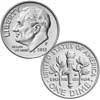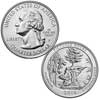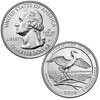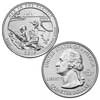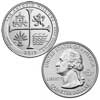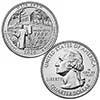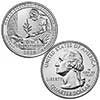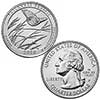Minnesota’s Voyageurs National Park was established in 1971 "to preserve . . . the outstanding scenery, geological conditions, and waterway system" inherent to the park. Visitors can see and touch rocks half as old as the world, immerse themselves in the sights and sounds of a boreal forest, view the dark skies, or ply the interconnected water routes.
The rocks which make up the park tell the oldest story. Part of the Canadian Shield, these 2.7 billion-year-old rocks form the core of the North American Continent. Created billions of years ago, these rocks were only exposed 10,000 years ago by significant glaciation of the region. Mile-thick sheets of ice scraped their way across the landscape, exposing the rocks and scouring out future lake basins. This combination of glacial activity and old rocks tells the story of continent creation and shaping.
The park protects 218,054 acres of land with 84,000 acres of that being water. In essence, this park is miles of undeveloped shoreline, with hundreds of islands and numerous large lakes.
The combination of rocky shorelines, the meeting of southern boreal and northern hardwood forests, and open water creates a distinct home for bald eagles, loons, black bears, moose, and wolves.
The reverse (tails) design depicts a common loon with a rock cliff in the background. Inscriptions are "VOYAGEURS," "MINNESOTA," "2018," and "E PLURIBUS UNUM."
Mintage:
| Philadelphia | Denver | San Francisco | Clad Proof | Silver Proof |
| -- | -- | -- | -- | -- |




